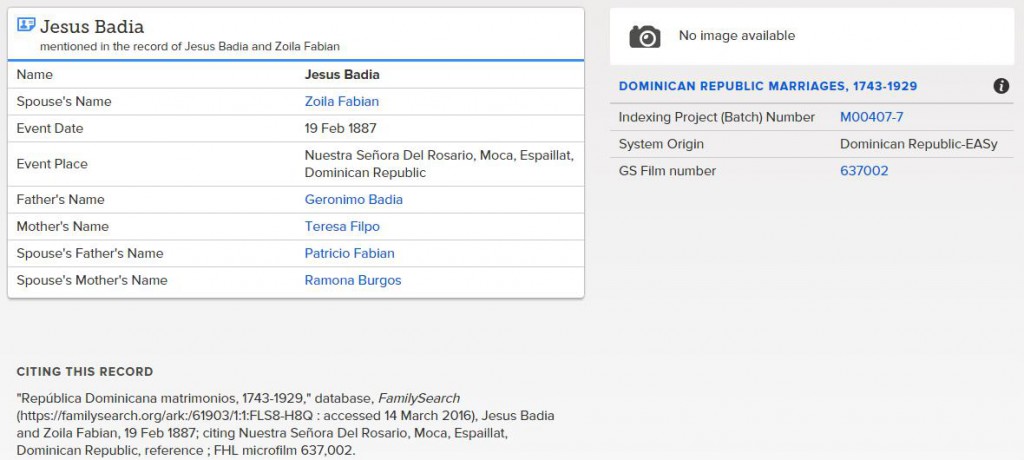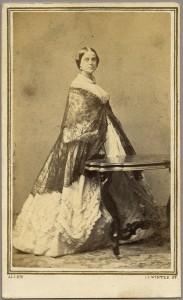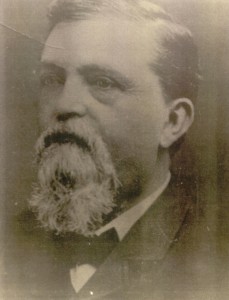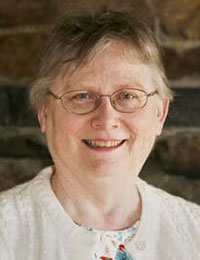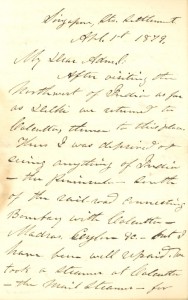
Not long ago, I was searching for a record of an 1830s marriage between two prominent Scottish families. I was certain I would have an easy time locating this particular record, having identified the parish and county in which the couple were married, so I began my search. Yet while I searched several sources, including Given Name Index to Marriages in Old Parochial Registers to 1855,[1] and Scotland Marriages, 1561-1910, I found no record of the marriage. I attempted the search again using every variation of the surname I could think of, but struck out. I then turned to published genealogies regarding the two families, but found no mention of this particular couple’s marriage. Continue reading Irregular border marriages in Scotland

